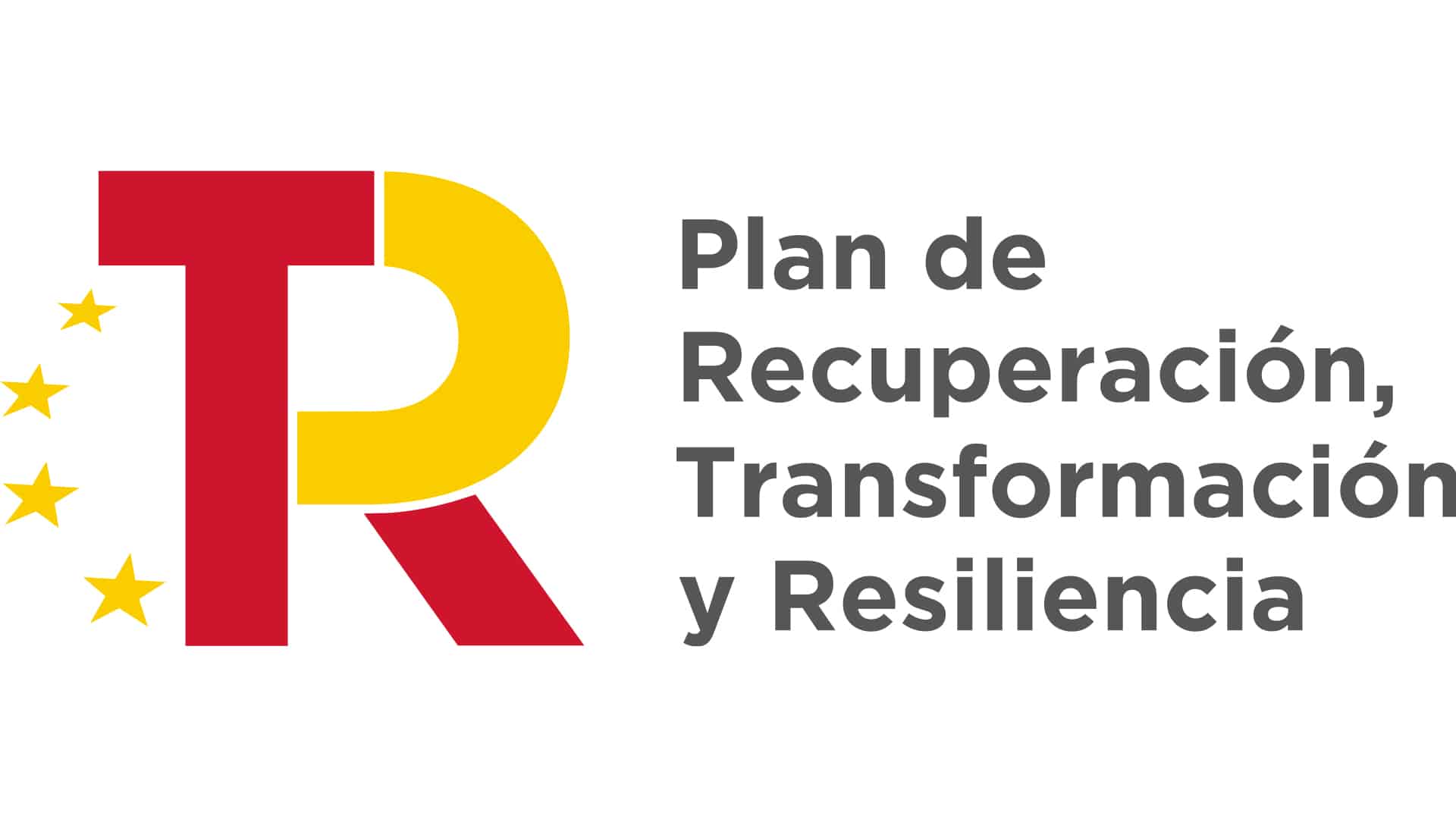Technology has transformed virtually every aspect of our daily lives, and education is no exception. Programming and robotics are no longer disciplines reserved only for professionals and university students; today, they are also making a strong entry into the early stages of preschool and elementary school education.
This trend reflects a change in the way we understand learning and the development of key skills for the future. Here are four top reasons to integrate programming and robotics into a child’s education.
1. Fostering logical thinking and problem-solving
One of the most important skills that children can develop from the earliest stages of their education is the ability to solve problems. Programming and robotics teach students to break down complex issues into smaller, more manageable steps and solve them sequentially. This structured approach to thinking is known as logical thinking.
For example, when programming a robot to complete a task, children must analyze the situation, identify what steps the robot should follow, and determine the correct order for it to work. If something goes wrong, they must review their process, detect errors and find solutions. These experiences reinforce a problem-solving mindset that will be useful in all areas of their lives, both academic and personal.
2. Building creativity
Although at first glance programming and robotics may seem like mechanical activities, they are actually a powerful tool for stimulating creativity. Children not only learn to follow instructions, but can also create their own original projects.
Robotics allows children to build physical objects, which encourages them to think creatively about how they interact with the world around them. By programming, they can learn to design their own games or interactive stories, explore different ways to solve a challenge, and experiment freely with their ideas.
Even if these projects are just for fun, conceptualizing ideas, planning the process to carry them out, and anticipating potential obstacles is an activity that stimulates creativity, improves task organization, and strengthens problem-solving skills.
3. Promoting social skills and teamwork
Programming and robotics are often taught in a collaborative environment. Students work in groups to develop projects, which allows them to practice skills such as teamwork.
These experiences are fundamental to the development of social and communication skills, as students learn to listen to and respect each other’s ideas, delegate tasks, wait their turn to participate, and solve problems together.
Smile and Learn activities are designed to be used individually or collaboratively in the classroom using digital whiteboards.
4. Preparing for the future
In an increasingly digitized world, many of the professions of the future will be, in one way or another, linked to technology. Introducing programming and robotics from an early age not only establishes a solid foundation of essential knowledge, but also opens up opportunities for those students who choose to pursue it in higher education.
Understanding how technology works and its applications on a daily basis helps students to develop critical thinking about these tools for the future, rather than being mere consumers.
Mastering basic programming and robotics concepts also allows children to confidently face the technological challenges that will arise throughout their lives. While not all students will become programmers or engineers, understanding how technological devices and systems work will help them be better prepared for a digital world, regardless of their career field.
The key is to teach children not only to interact with technology, but to understand and create it. Smile and Learn has a wide range of activities to work on these skills such as Blocks, Loops, Functions, or Sensors. All the activities are designed by experts in teaching computational thinking via technology for kids aged 3 to 12 years.
We offer activities that teach basic programming concepts by blocks or simple instructions through exercises with drag and drop elements. In addition, there are different types of activities that promote logical skills and that are a perfect ally to build computational thinking. Activities such as Series, Intruder Buster or Labyrinths, which are designed for the first stages of childhood, lay all the foundations on which the skills to acquire more complex learning in the future can be built.
For the higher primary grades, any activity in the categories of Programming and Robotics is perfect to introduce these topics to students. Our video collection is perfect to complete these theoretical contents with clear examples.
If you haven’t tried our educational platform yet, you can do so through the following link.
















